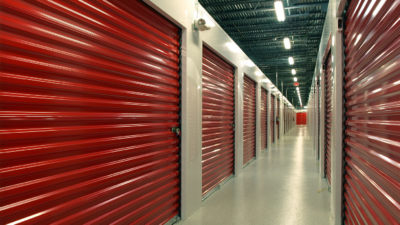The drop in overall net absorption was the big story for the U.S. industrial market in Q1 2019. Overall net absorption finished at 39.2 million square feet, the lowest quarterly total since Q3 2012. While first quarters tend to be the lowest quarter for net absorption in each year, the significant drop garners attention and warrants the question if a slowdown in industrial fundamentals have begun. This question is hard to answer until midyear numbers are released, because as the saying goes “one quarter does not make a trend,” and there is much data pointing to a rebound in fundamentals.

One trend that the drop in absorption does point to is the industrial markets reliance on new construction for positive net absorption. Because of tenant’s insatiable demand, core markets — especially with land available to develop — are doing exceptionally well. Case in point is Dallas-Ft. Worth, who finished Q1 2019 with the most construction completions (8.0 million square feet), product under construction (24.9 million square feet), and not surprisingly, took the top spot for overall net absorption at 6.0 million square feet. The other top markets for net absorption, including the Inland Empire (5.5 million square feet) and Chicago (4.0 million square feet), completed a significant amount of new construction.

Markets with robust new development did well in Q1 2019. 11 markets posted positive net absorption greater than one million square feet, with nine of these markets completing more than 500,000 square feet of new construction. Many of the top growth markets (net absorption as a percent of inventory), including Savannah, Greenville, Charleston and Las Vegas, all posted robust new construction. On the flip side, markets with low to minimal new construction had weak quarters. In Q1 2019, 21 markets (the highest since 2014) posted negative overall net absorption, 19 of these markets had construction completions less than 500,000 square feet.

The good news for the U.S. industrial market is a record 294 million square feet is now under construction and many of the 21 markets that posted negative absorption in Q1 2019 have larger amounts of new inventory in the pipeline. While this means net absorption will increase significantly in the coming quarters, a question to be answered will be if there will be an influx of Class B vacant product hitting the market and if redevelopment of older product will increase, due to the growing tenant demand for new product with modern amenities. This will be a major question for the industrial market going forward.

 Colliers Insights Team
Colliers Insights Team
 Craig Hurvitz
Craig Hurvitz
 Aaron Jodka
Aaron Jodka